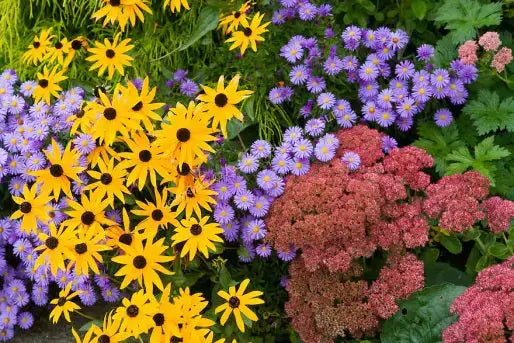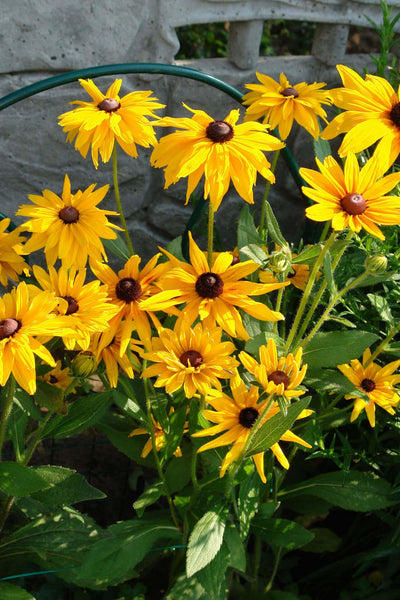Planting perennials in your garden makes a lot of difference in the landscape
People plant a wide variety of plants, like seasonal plants, vegetables, shrubs, trees, etc. However, it is advisable to plant perennial plants as their lifespan is longer, and they can enhance the beauty of your garden for at least 2-3 years.
Perennial plants are in bloom generally during the spring and summer seasons. They bear beautiful flowers and foliage, making the garden lively. Some of the typical perennial plants that can be grown in home gardens are —
Black-Eyed Susan:
Black-eyed Susan plants are also referred to as Rudbeckia and are more of an annual than a perennial because they have a short lifespan. The black-eyed Susan has beautiful flowers of yellowish-orange color. They thrive in full sunlight and attract a lot of butterflies.
Poppies:
Poppies are beautiful flowering perennial plants found in the U.S. They bear beautifully colored flowers that range from red, salmon, white, scarlet and yellow. Poppies grow well in areas not exposed to the sun throughout the day as they prefer cool temperatures during the evenings.
Sedum:
This plant can tolerate full sunlight and can be found in the entire United States. They have attractive colors like white, yellow, pink, etc. These plants act as a good groundcover and grow to a height of 2 and ½ feet.
Peony:
These are beautiful perennials with a great combination of white to red-colored flowers, and can grow over four feet in height. Peonies grow well in full sunlight and can add charm to your garden.
Aster:
Like most plants, asters are colorful flowers that bloom during summer and fall. They come in many colors like violet, blue, white, and pink. Asters prefer growing in full sunlight and can be planted in flower beds with other beautiful plants.
Spirea:
This plant can tolerate almost all climates and produces beautiful white, pink, and red flowers. They are straightforward to plant and can grow up to 2-4 feet. They are more shrub-like and have fantastic foliage of green, yellow, and golden colors.



